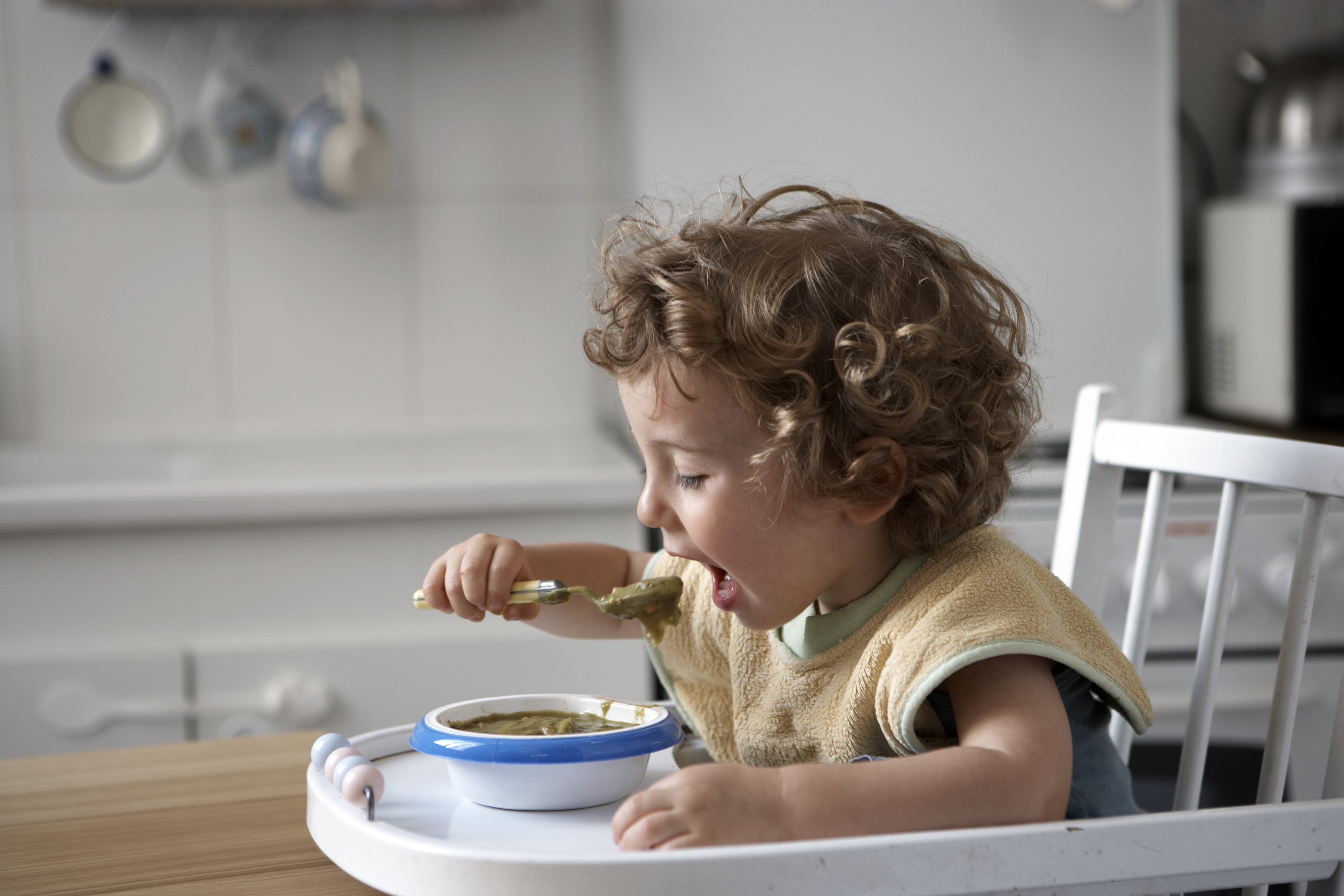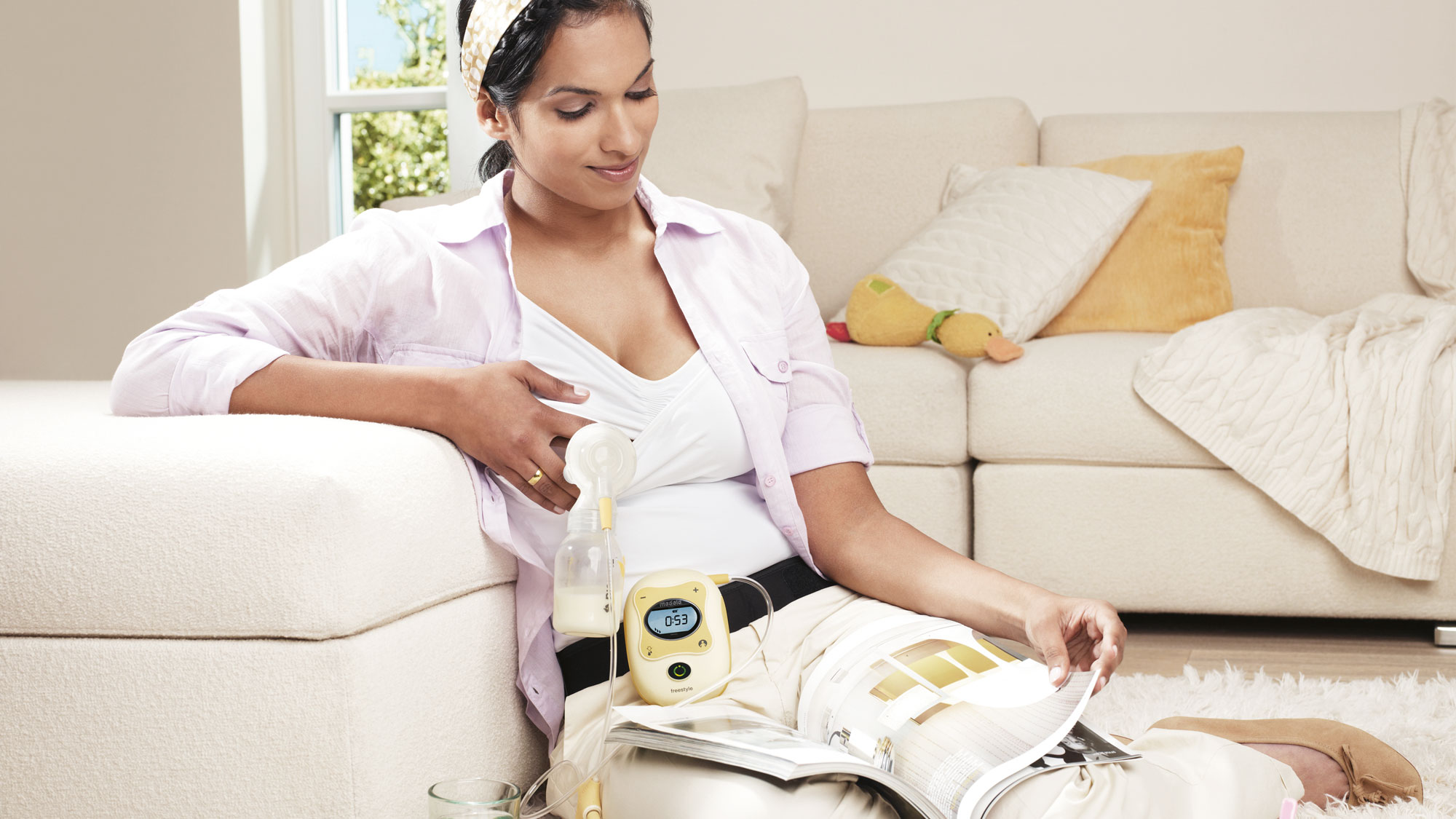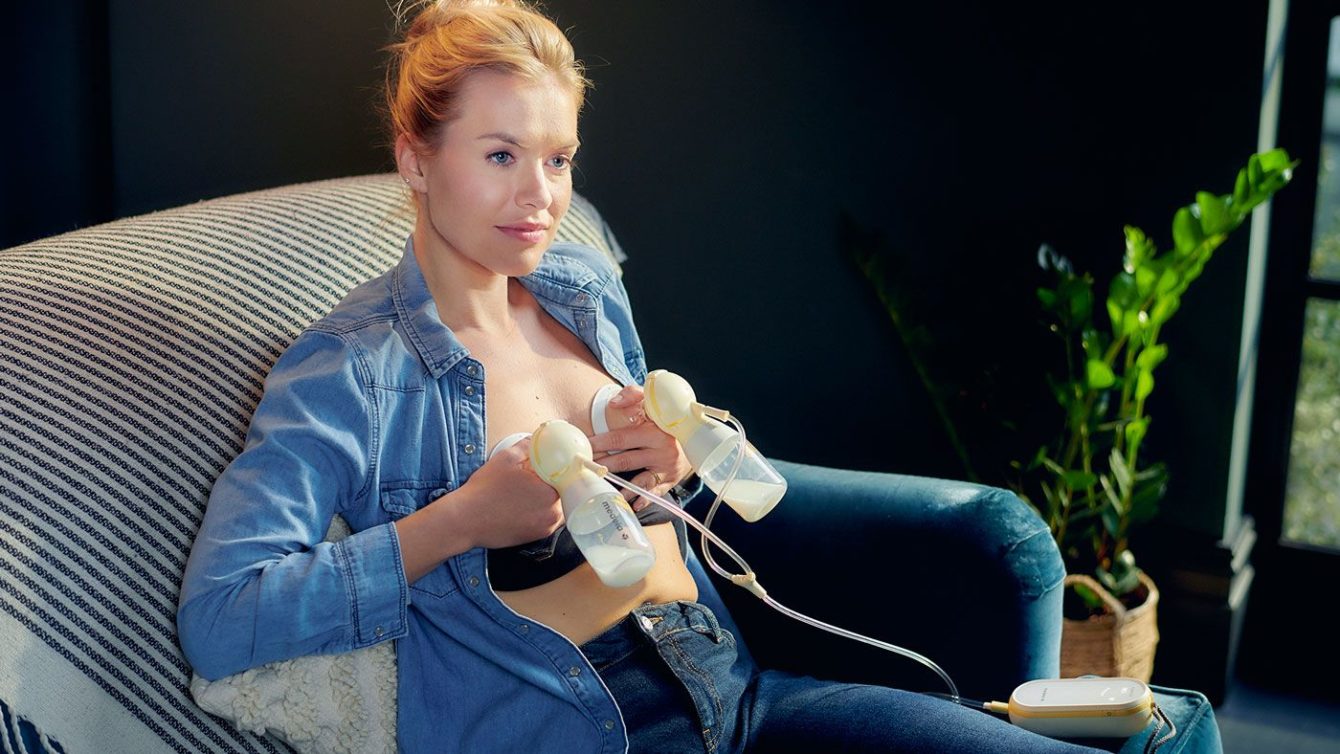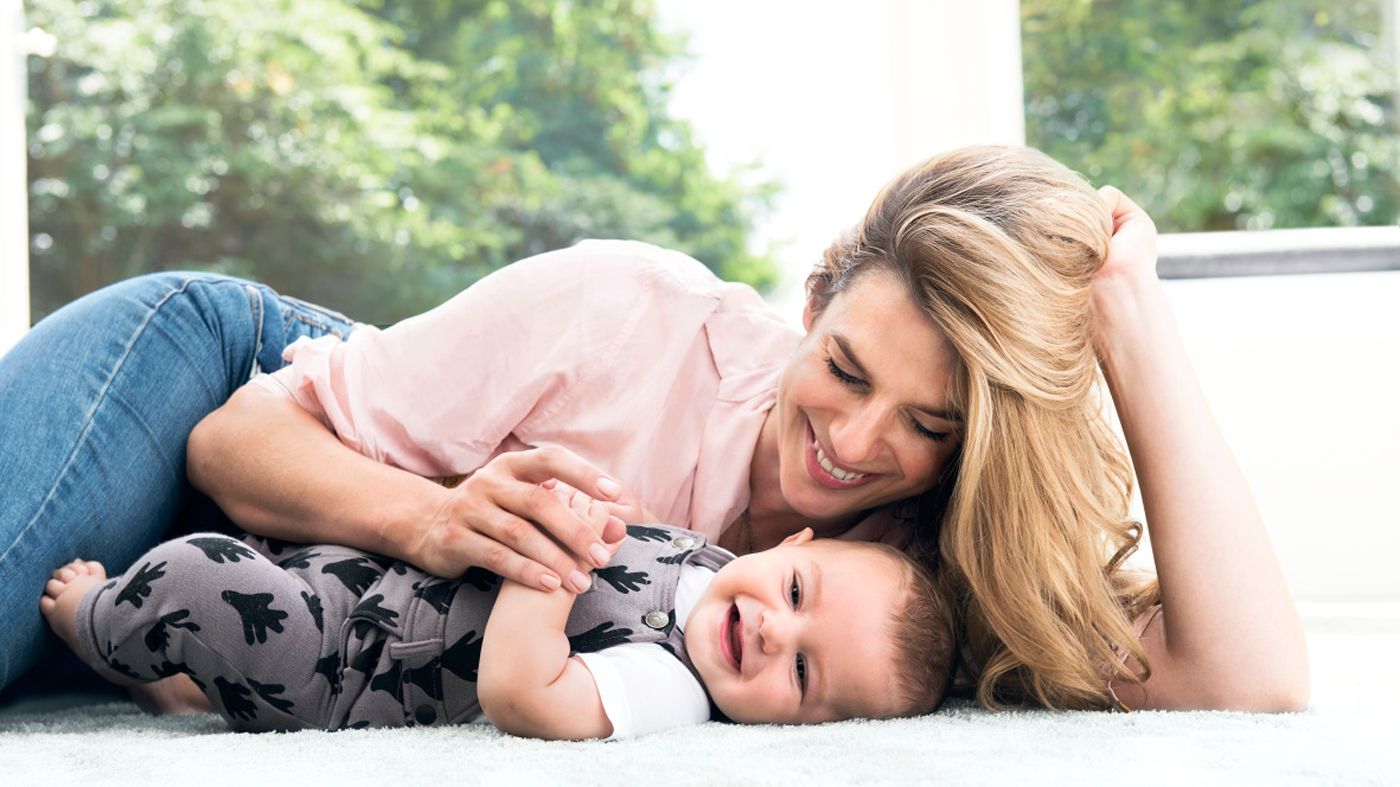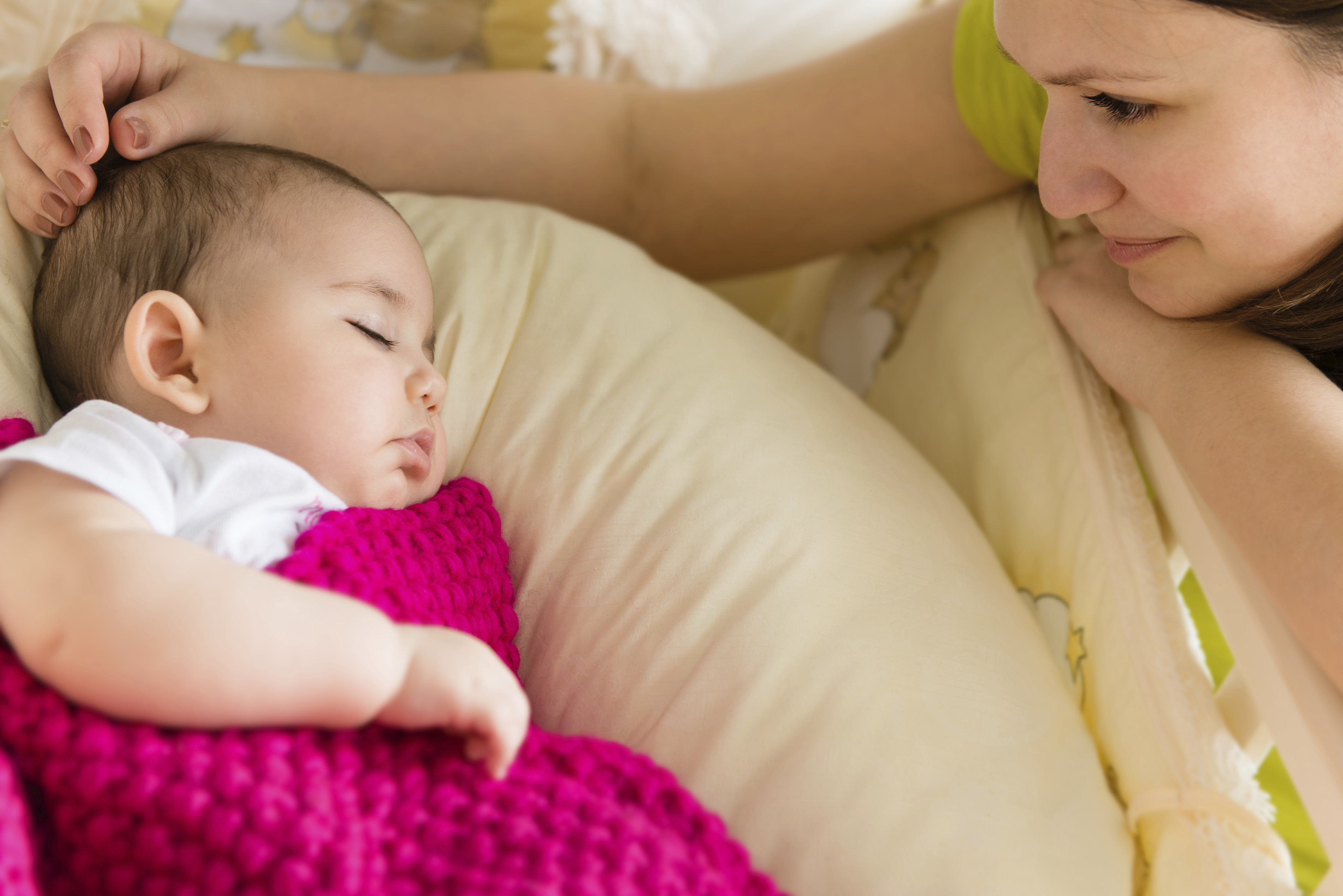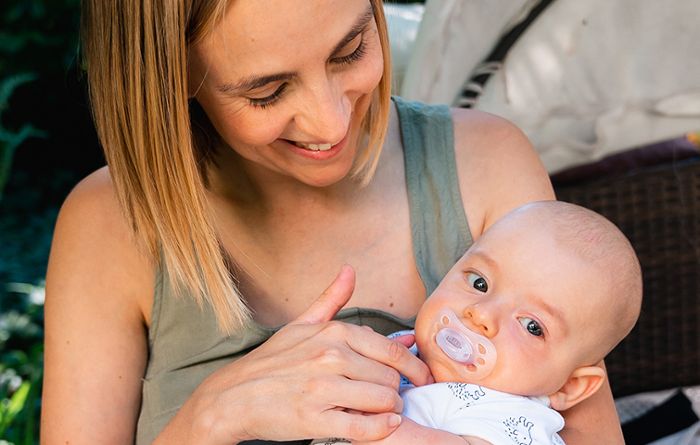Breastfeeding is a relationship between two people – mother and baby. As both the mother and infant evolve and grow throughout the relationship, so do ideas about weaning. Deciding when and how to introduce solid food for a baby can often be a complex experience for mothers, and many moms might wonder about the right age or the right way to introduce solid foods.
Mother led weaning happens when a mother actively encourages weaning before a child is naturally ready. This may be done by increasing the use of a bottle or cup, offering food/drink besides human milk, or limiting nursing. Baby led weaning is different and many breastfeeding moms see it as the natural transition as the baby shows an interest in stopping breastfeeding.
Here are some key points about baby led weaning, for moms who want to know more about an easy way to introduce solid foods that suits their baby’s needs and temperament:
About Baby Led Weaning
Instead of having the process of eating solid food introduced by the parents, the baby actually leads the process with baby led weaning. Parents let the babies feed themselves, instead of encouraging the baby to try solid foods. According to recent research, many babies will start to reach for solid food at around six months of age. Once your baby is six months old, when he shows an interest in solid food, you can offer the food to the child – but without proactively “giving” the food to the baby. Instead of trying to “feed” solid food to the baby, let the child take its own initiative, reach out, and grab the food. Yes, it can be messy.
What Makes Baby Led Weaning Different?
Unlike traditional weaning, where babies were introduced to pureed versions of solid foods, baby led weaning is more a matter of letting the child do what they need to do with tasting, chewing and eating solid foods, rather than being (literally) spoon-fed by the parents. In a way, baby led weaning is a kind of self-directed learning experience where the baby gets to experience the various facets of food – touch, texture, colors, taste – according to the child’s own interests and instincts. When the baby is ready to try solid food, they will know how to reach for it, put it in their mouth, and chew. Parents do not have to spend time pureeing food or buying commercial baby food in jars; instead, just present your baby with a few options of adult solid foods at mealtimes, cut up into small pieces, and then let the baby try a few different things and see what is most appealing.
What are the Benefits of Baby Led Weaning?
It saves time. Reducing the need to puree food or prepare separate foods for the baby also saves money because there is no need for purchasing pre-packaged commercial baby foods. It also enhances the family mealtime experience. With baby led weaning, your infant can sit up at the table in a high chair and enjoy mealtime along with the rest of the family. Supporters claim that this style of weaning will make mealtimes feel a bit less stressful and like less of a chore. It’s the beginning of having your baby become more fully part of family mealtimes. It is also fun watching to see which solid foods your baby loves – and even watching their funny little disappointed faces when they taste a flavour that is NOT their favourite! YouTube videos showing a baby’s first experience with lemons are especially entertaining.
With baby led weaning, little ones get some extra freedom in trying different foods and experiencing a wider range of flavours. It’s possible that baby led weaning (like breastfeeding) could lead your child to have a more adventurous palate and be open to a wider array of foods.
How to Start Baby Led Weaning
There are a few simple steps to get started with baby led weaning:
- Have the baby sit upright at the table – in your lap or in a high chair.
- Put food in front of the baby where she can see it and reach it – but don’t “give” the food directly to the baby.
- Start with tactile shapes that are easy to pick up. Babies have small fingers and hands, so it’s important to give them a variety of shapes that are easier to handle.
- Keep breastfeeding! Remember that babies still need breastfeeding as their main source of nutrition until they are one year old.
- Let the baby focus and take their time. Even if they don’t actually eat very much food, it’s OK – baby led weaning is not just about food intake, it’s about giving the child time to learn about solid food and get comfortable with feeding themselves.
- Follow the baby’s lead. If the child seems to be done eating, or disinterested, or tired or fussy, don’t try to persuade the baby to eat more food.
- Use small bites! Keep in mind that many foods can be a choking hazard for babies, so cut up the foods into manageable pieces that are easy for the baby to chew and swallow.
Which Foods are best for Baby Led Weaning? Which Foods Should We Avoid?
Babies can eat most of the same foods that their parents are eating, with a few exceptions. For example, good foods to introduce to your baby include fruit and vegetables, eggs (fully cooked), bread or toast, pasta and rice, meat, cheese and most types of fish.
Foods to avoid include honey, shellfish (in case of allergies), under-cooked eggs (babies cannot eat runny egg yolks in case of contamination), and certain fish like shark and marlin (these big predatory fish tend to have higher levels of mercury which make them unsafe for infants and pregnant women to eat).
For more information on baby led weaning, please read this great leaflet from Gill Rapley, a UK child development expert who introduced the concept of baby led weaning. Gill Rapley has several books and DVDs on weaning and other parenting topics available at her website.
What are your thoughts on baby led weaning? Have you tried it with your children? What results did you see? Leave a comment and let us know, or join the discussion at the Medela Singapore Facebook page!




